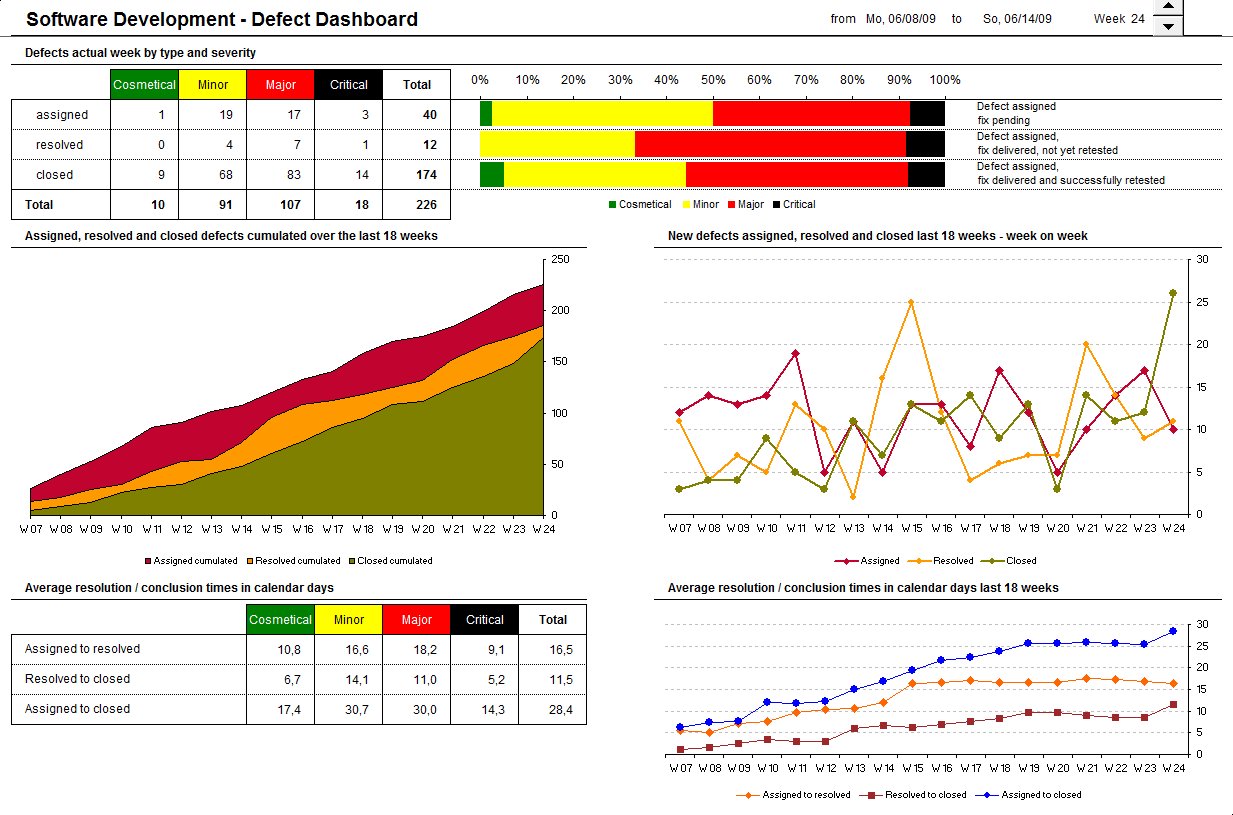
Benchmarking Consumer Interest: Learn & Adapt
Imagine this: You’re lying in bed watching the latest Mad Men, and you notice a growing pain in your chest. Instinctively, you reach for your phone to do a quick Google search, looking up symptoms. “Am I having a heart attack?” goes through your head. Relief washes over you as you realize you probably have heartburn.
This scenario is no longer a new trend, it’s common, as consumers have more access to information & advice from websites, online communities, and friends. Consumers are relying on online information as a first line of defense before they call their doctor or consider a trip to the hospital.
As part of a recent study, Chatmine analyzed consumer interest and discussions around heartburn and acid reflux medicines — a major market in the US.
- In the US, an estimated 25 million of the 60 million adults suffer symptoms of acid reflux every day. According to New York Times, as many as four in 10 Americans have symptoms of gastroesophageal reflux disease (GERD),
- Proton pump inhibitors (PPIs) like Prilosec, Prevacid and Nexium to reduce stomach acid are the third highest-selling class of drugs in the United States, after antipsychotics and statins, with more than 100 million prescriptions and $13.9 billion in sales in 2010, in addition to over-the-counter sales.
Consumers search for many terms including medications as well as common terms such as acid reflux and heartburn.
Our research reveals that heartburn is being searched more than acid reflux while amongst products Ranitidine and Zantac are more often searched than Priolosec.
The word cloud in this space is shown as a consumer centric triangle where discussions on symptoms, medications and AODL (Activities of Daily Living) are significant. This figure indicates a concern about a variety of symptoms and constant switching between medications to treat the disease.
In this space, consumers must balance the efficacy of the treatment option with how it may affect their day-to-day life.
US search patterns reveals differentiation amongst consumer interest in heartburn, acid reflux and mediations. In social media, consumers are tweeting and talking about the cost of Nexium, Zantac and Priolosec as well as side effects and benefits. 
Understanding not only who, but where the discussions are taking place leads marketers to better decisions, and it paints a more holistic view of consumers and purchase patterns. Chatmine digs deeper when working with clients. A client with a heartburn medication may know that they aren’t selling well in Oregon (which we see mirrored social data). The bigger question is why. Chatmine helps to build strategies and business cases to help businesses better allocate resources and plan strategically.
Consumers are using the internet and social media differently along with evolving technologies continuing to shape the online marketplace. These forces raise challenging questions for marketers trying to keep their brands relevant, let alone competitive….
How should brands be promoted to take advantage of this new ‘pull’-based marketing reality? What are the implications for brand messaging and communications across multiple channels? How do messages comply with FDA and other regulations? How should they reach and engage patients in a constantly evolving environment? … and how do you measure your success ?






